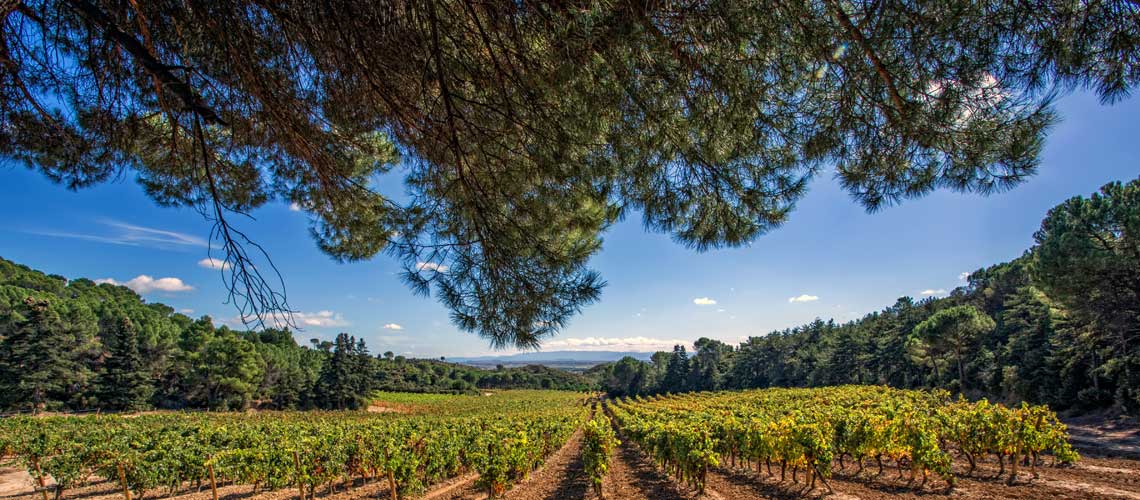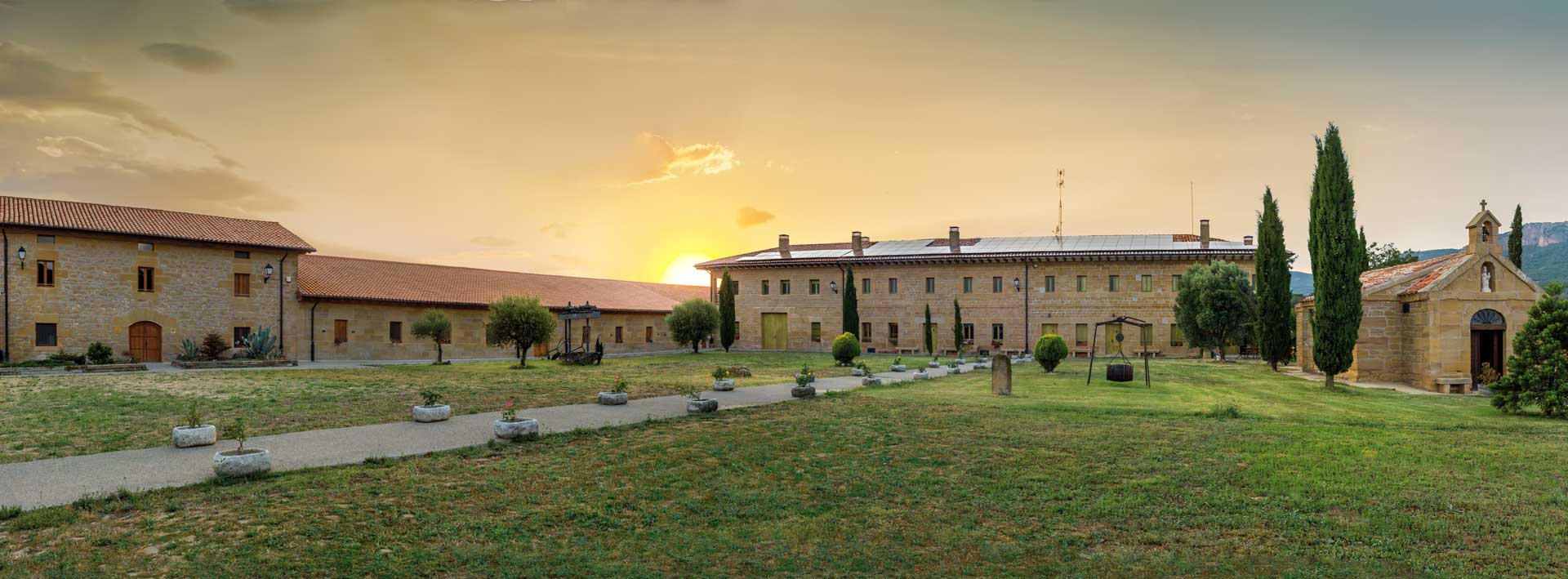In all, or almost all, the books about Rioja you will read that the region is part of three autonomous communities: La Rioja, Álava and Navarra. In fact, there are four, as there is an enclave, a small island in the Burgos province, 250 hectares spread between the villages of Sajazarra, Cihuri, Villalba and Castilseco, which has belonged to the monastery of Herrera in Miranda de Ebro since the Middle Ages. "Its origins date back to the 11th century. The hacienda was the monastery's farm, where the monks grew vines and cereal and raised calves to use their hides in the scriptorium,” explains Nerea García-Alcubilla, a member of the family who owns the estate. After the ecclesiastical confiscations of Mendizábal in the 19th century, the property passed in to the state and was converted into a village with a school, Civil Guard barracks, a cemetery and the Virgen de la Pera shrine. All of these buildings were restored to their former glory and impress any visitor arriving at the main forecourt.

El Ternero is a secluded spot, almost a natural island where roe deer and wild boar roam freely among the vineyards. The current owners embarked on the project in 2001 and today, with some 120 hectares of vineyards, they produce just under 250,000 bottles with their own brand.
Nerea describes the characteristics of the estate: "The climate is cool and Atlantic, going up to the very foothills of the Obarenes mountains; the soils are very poor, to the point that the bedrock lies at a depth of barely one metre, and the orientation is essential for the quality of the wines.” In fact, if there is an enclave where viticulture is extreme in Rioja, this is Hacienda El Ternero. Protected from the strong winds, the plots lie in natural hollows surrounded by holm oaks, pines and spruces, a tree that belongs to the pine and fir family and which is widely found in the estate.
Hence the name of one of their wines, Picea 650, which refers to both the tree and the elevation of the vineyards. The winery also makes a multi-varietal white wine called La Pera (the name of the shrine); another barrel-fermented white made from Viura grapes; a crianza called El Torno; plus a crianza and a reserva both labelled as Hacienda El Ternero. All of them are fresh, Atlantic wines suitable for cellaring, with balsamic, spicy and menthol notes reminiscent of the forest surrounding the vineyards. The property is now offering a wide range of wine tours and experiences in a truly spectacular setting that no wine lover should fail to visit.


